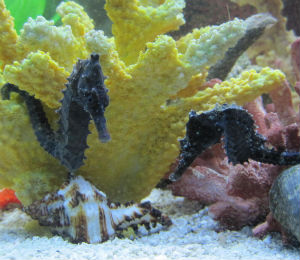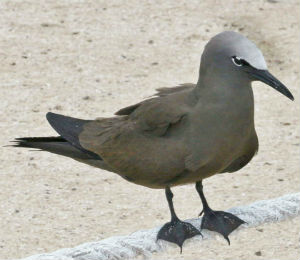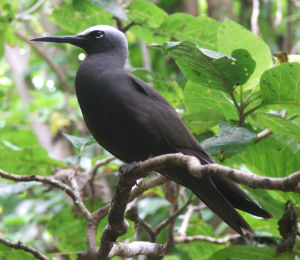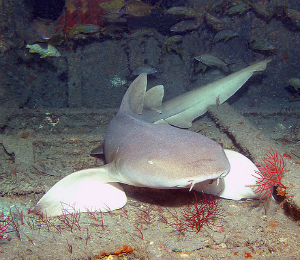When snorkeling in Key West lucky visitors will get the opportunity to see animals they may have only seen previously in photos. Dolphins, sharks, starfish, exotic fish and even sea horses call the waters around Key West home. And while the sea horse may not be the largest of the animals on display, or even the most colorful, it is arguably the most unique looking.
Sea Horse Appearance
Different species of sea horses can range in size from just over half an inch to more than a foot long. The average height is somewhere in between, generally closer to half a foot. Their length is measured vertically, not horizontally, however, as they are one of the very few species of fish to swim upright. That is in fact part of what led to their name - their upright appearance, curved neck, and long snout help to give them an equine appearance, a likeness which delights many.
Though they cannot move quickly, they have other skills which help them successfully hunt. They can change color to match their surroundings, which helps them both in their quest for food and to avoid becoming a meal themselves. They also have a prehensile tail, which they use to grasp fixed objects around them as an anchor to keep themselves from being swept away by an errant current. Another advantage is that they also have good eyesight.
One unusual attribute of the sea horse is that males, not females, gestate their young. Males have a brood pouch which holds the fertilized eggs of their young. They hatch while in that pouch and then venture out to face the world. The female sea horse visits the male during this time period, but as she has already deposited her eggs in his pouch her direct influence on the gestation of the young is already over.
Sea Horse Eating Habits
Sea horses lack a stomach and therefore spend much of their days eating. Since, as previously mentioned, they are relatively slow animals, they instead rely on their camaflouge skills and long snouts to gather their meals. They insert the aforementioned snouts into crevices and suck food into their mouths. That food is composed primarily of small crustaceans, though larvae also can be part of the meal. As much food as adults eat, juveniles eat even more, gobbling thousands of pieces of food each day.
Sea Horse Habitats
Both male and female sea horses limit themselves to relatively small areas, though females, perhaps due to not needing to gestate young, range further afield than males. As a species sea horses can be found anywhere in the world where conditions are favorable. Sea horses prefer warm, still waters near reefs or seabeds where they can easily hunt and rest. Due to their poor swimming skills they exhaust themselves if they live in strong currents or anywhere that they can't hook onto a perch. Despite these vulnerabilities they are found all over the world, from the Americas to Africa to Asia.




